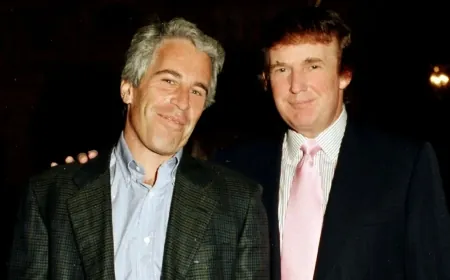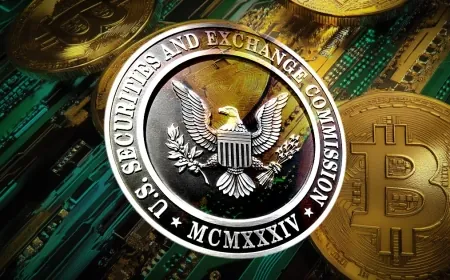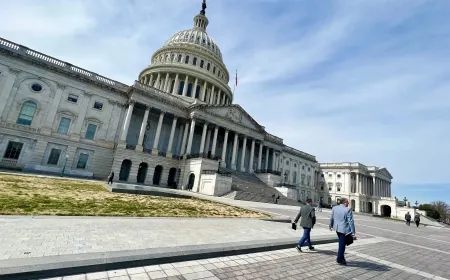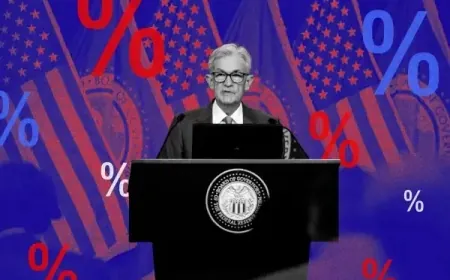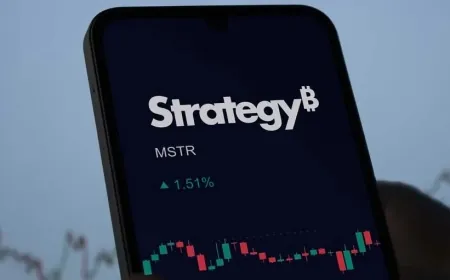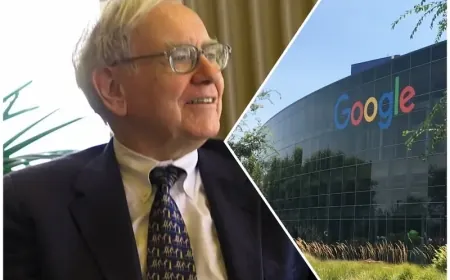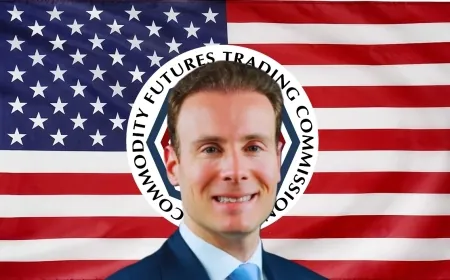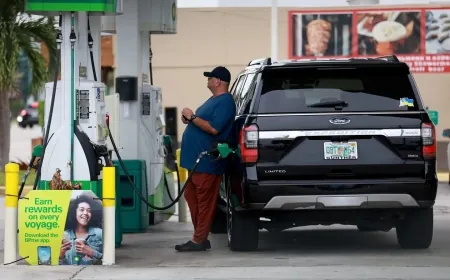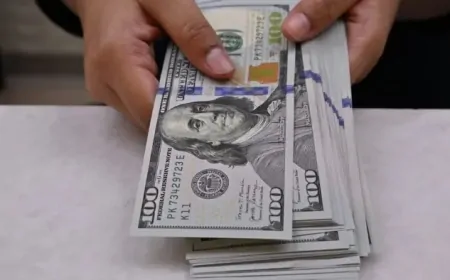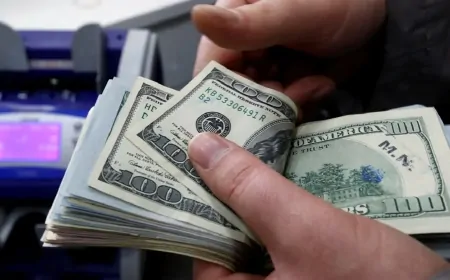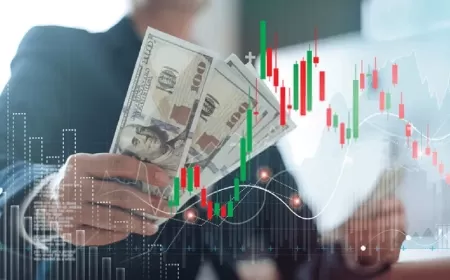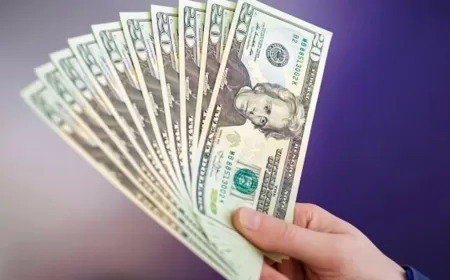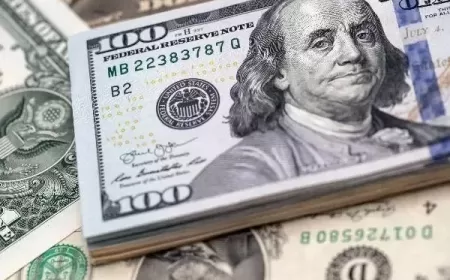U.S. GDP Grows 3.3% in Q2 2025 After First-Quarter Decline
U.S. GDP grew 3.3% in Q2 2025 after a first-quarter decline, as imports dropped and consumer spending improved while investment remained weak.
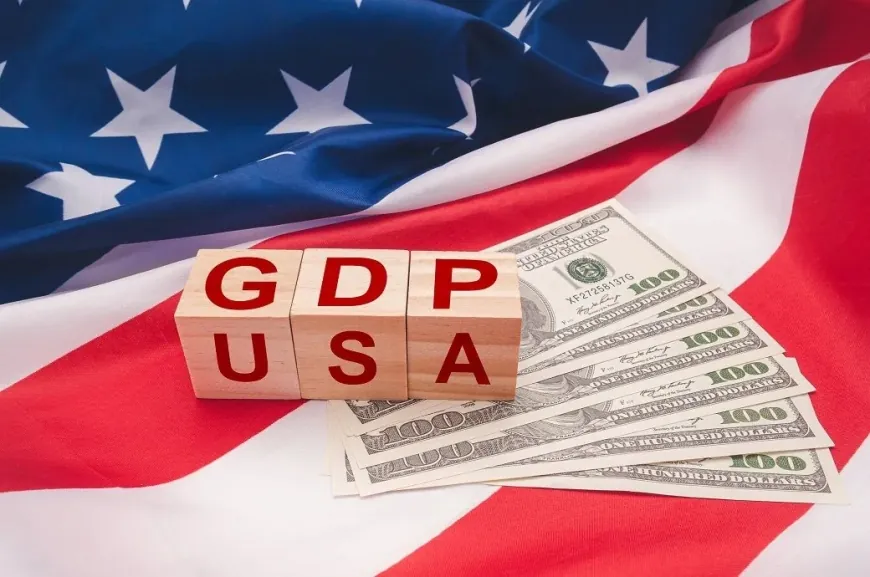
The U.S. economy accelerated in the spring of 2025, growing at an annualized 3.3% rate between April and June, according to revised data released by the Commerce Department on Thursday. The expansion marked a sharp rebound from the 0.5% contraction in the first quarter, the first quarterly decline in three years.
The stronger-than-expected reading reflects both a steep decline in imports and steadier consumer spending. The government had initially estimated second-quarter growth at 3%, but upward revisions to household consumption and business activity pushed the number higher.
Imports Drop Nearly 30%, Adding Five Points to GDP
Trade flows were the largest driver of the rebound. Imports plunged 29.8% in the second quarter after surging at the start of the year, when businesses rushed to stockpile goods before new tariffs took effect. The swing significantly boosted the GDP calculation, as imports are subtracted from economic output.
The reversal highlights how U.S. trade policy continues to distort quarterly figures. “What looks like a gain in growth is, in part, a statistical effect of fewer imports rather than stronger domestic demand,” one analyst noted. The import decline alone added more than five percentage points to the second-quarter growth rate.
Consumer Spending Rises 1.6% in Second Quarter
American households, which drive nearly 70% of the nation’s output, provided a steadier foundation for growth. Consumer spending rose at a 1.6% annual pace, an improvement over the sluggish 0.5% growth in the first quarterand above the government’s earlier estimate of 1.4%.
Spending was strongest in services and essentials, with only limited gains in discretionary purchases. While the figures suggest consumers remain cautious, the continued growth underscores the resilience of household demand despite higher prices on imported goods.
Business Investment Falls 13.8%, Federal Spending Down 4.7%
Business investment was the clear weak spot in the spring economy. Private investment dropped at a 13.8% annual pace, the sharpest decline since mid-2020 at the height of the pandemic. Companies also drew down inventories at a rate that reduced growth by more than 3 percentage points.
Government spending added little support. Federal expenditures contracted 4.7%, following a 4.6% drop in the first quarter, reflecting tighter budgets and cutbacks across several agencies.
Core Growth Trend Steady at 1.9%
Excluding volatile categories such as trade, inventories, and government spending, the economy’s core growth rate came in at 1.9%, matching the pace of the first quarter. Economists see this measure as a better gauge of underlying momentum, showing that while the headline number looks strong, the domestic economy is expanding at a slower, more measured pace.
New Tariffs Applied to Steel, Aluminum and Automobiles
Since returning to office, President Donald Trump has imposed higher tariffs on a broad range of imports, including steel, aluminum, and automobiles. The administration argues the measures are intended to protect U.S. manufacturers, bring production back to the country, and help offset revenue losses from recently enacted tax cuts.
Economists warn that the tariffs raise costs for U.S. businesses and households, disrupt supply chains, and contribute to price pressures. Frequent changes in tariff announcements and implementation have also created uncertainty for companies planning investment and hiring.
Economists warn that tariffs raise costs for U.S. businesses and consumers, risk fueling inflation, and could reduce competitiveness if supply chains remain disrupted. The unpredictable rollout—sometimes announced abruptly, delayed, or restructured—has further complicated investment decisions for American companies.
Growth Prospects for the Second Half of 2025
The labor market continues to provide stability, with unemployment claims trending lower and job creation supporting consumer demand. Still, most forecasters expect the economy to cool in the second half of 2025. As tariffs feed more directly into household costs and business confidence remains shaky, GDP growth is projected to settle closer to 1.5% to 2%.
For now, the second-quarter rebound underscores the economy’s resilience in the face of policy uncertainty. But the reliance on trade distortions and modest household demand leaves open questions about how sustainable the growth momentum will be as 2025 progresses.
Also Read: Indian SMEs and Jobs at Risk After U.S. Imposes 50% Tariffs
